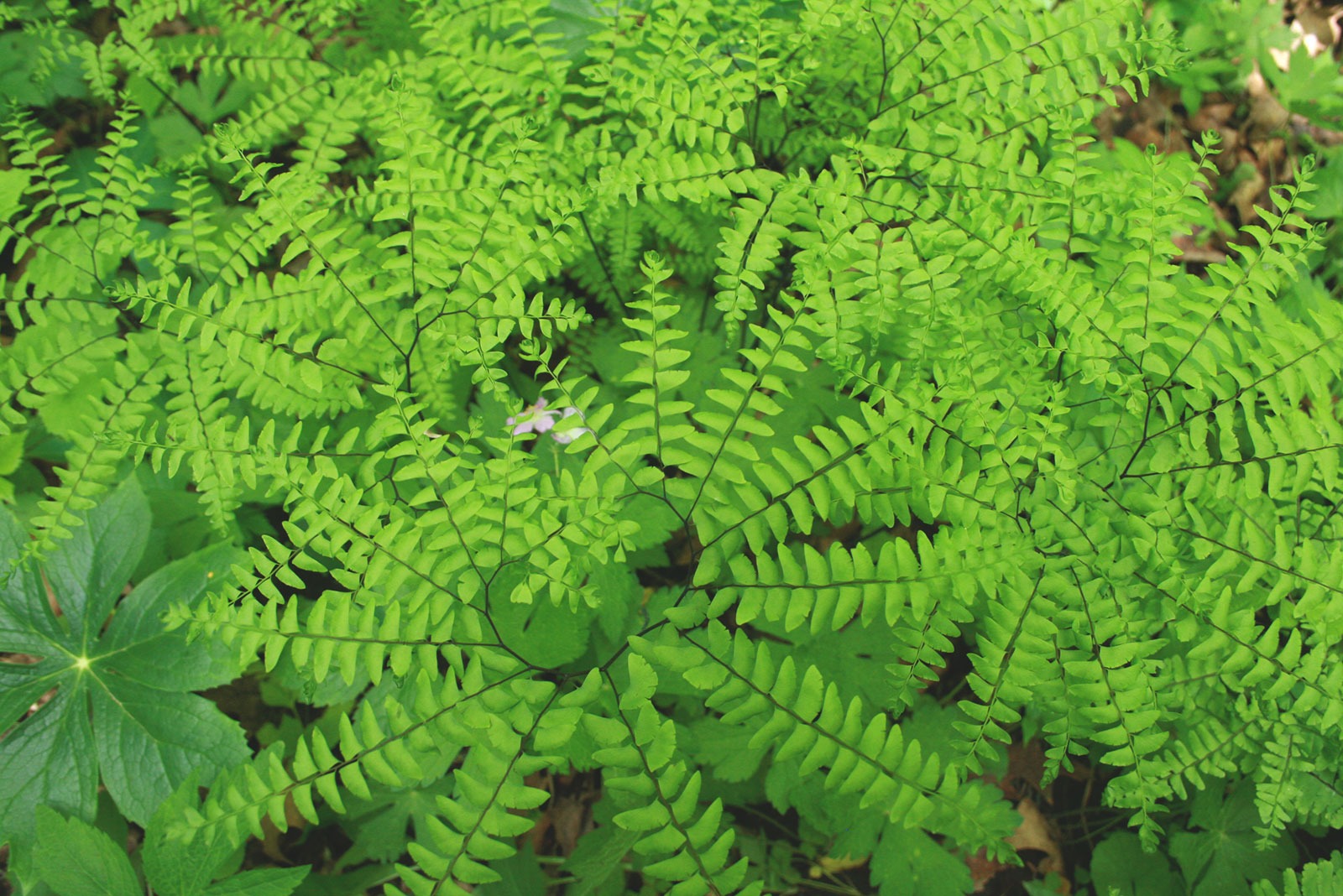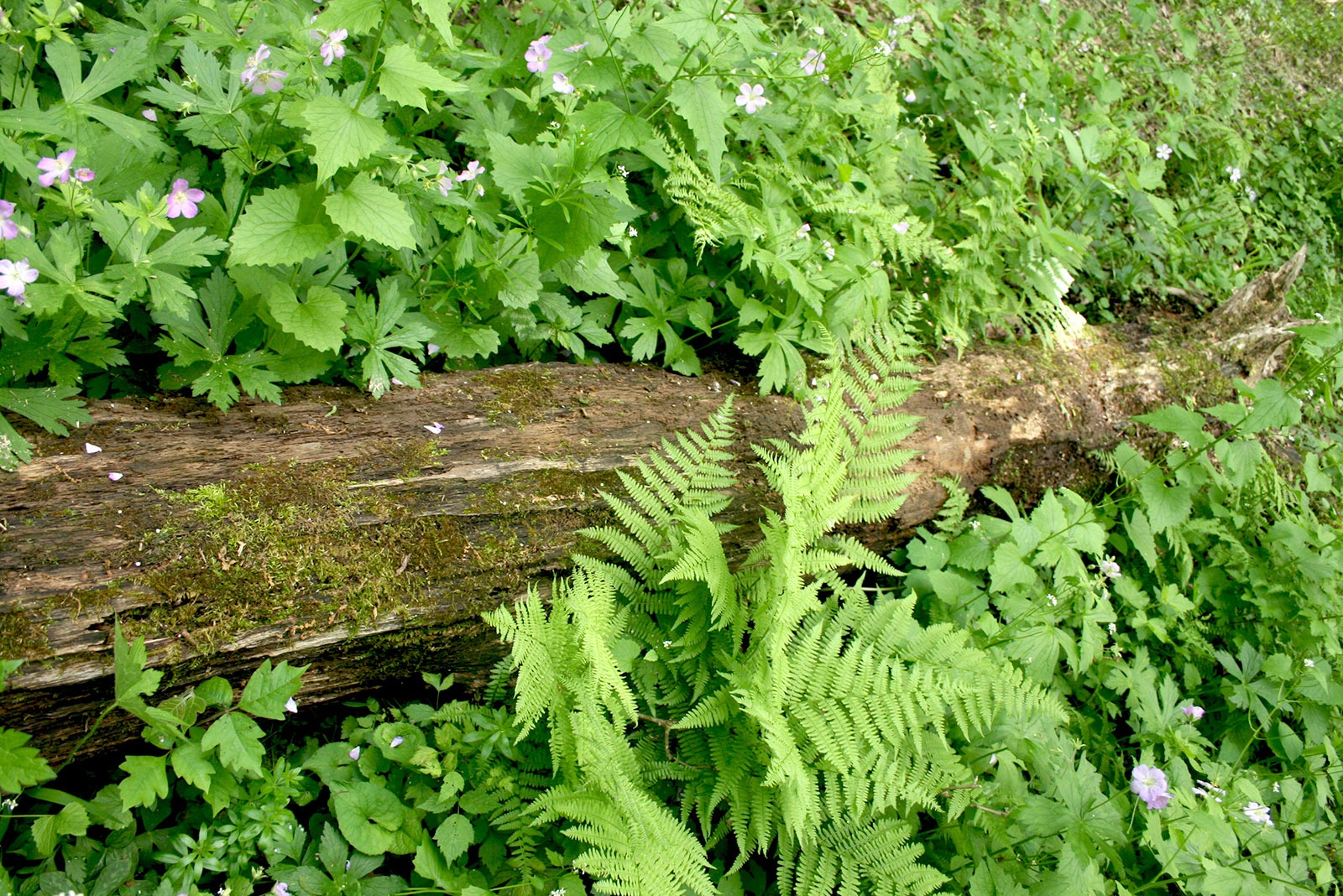Stronghold Retreat Center



PROJECT SNAPSHOT
Project Type
Non-Bank ProjectLocation
Illinois | Ogle CountySolution
Natural Resource RestorationEcological Setting
- Grasslands, Prairies, & Upland Forests
- Rivers
When RES assessed the IDNR-designated Illinois Natural Area remnant on the private property of the Stronghold Retreat Center, the landowner understood their role as steward of this ecological jewel. In response, the Retreat Center engaged RES to conduct a comprehensive Natural Resource Inventory and Ecosystem Management Plan for the historic 326-acre property.
The property occupies picturesque, forested bluff lands of the Rock River in Northern Illinois, featuring unique savanna and hill prairie communities harboring some of the state’s most rare biological diversity. Investigations included mapping of natural and cultural features, and floristic quality and ecosystem health assessments.
Among the plan’s goals is the stewardship of healthy and attractive ecological settings that will continue to provide a naturally beautiful and inspirational setting for the Stronghold environmental education, and camp and retreat activities.
The plan also integrates ecosystem management principles into the site’s sustainable timber management program, balancing the need to protect critical habitat for regional and migratory songbirds and other wildlife, and important educational and recreational opportunities.
In the process of ecological restoration planning, RES developed an extensive geospatial database using high-resolution aerial imagery and remote sensing for conducting field investigations and as a tool for long-term management and education.
RES’ geospatial team used both bare earth and first return LiDAR datasets to better understand the natural resources and cultural history of the 326-acre Stronghold property. Situated along the scenic bluffs of the Rock River, this property includes an IDNR-designated Illinois Natural Area and has a diverse and rich combination of karst, cultural, and vegetation resources. These were explored and mapped quickly and accurately with the help of State of Illinois LiDAR data.
Sixteen sinkholes of various sizes, ten historic quarries, numerous historic trails, and other cultural impacts were easily detected and mapped using a bare earth digital elevation model (DEM) along with 2-foot generated contours and shaded relief visualization. Hydrologic features such as drainages and erosion gullies were also mapped.
With the predominance of woodlands in this area, the Canopy Height Model derived from the first return LiDAR provided tremendous insight into the current forest structure and the historical impacts that created it. This led to the important discovery, collaborated with historical aerial photos, of former agricultural fields that were clearly visible in both the canopy height model and the surface DEM.
These findings greatly improved the delineation of vegetation communities and guided the restoration plans. The LiDAR data provided flexibility in generating derivative map products, such as contours at multiple intervals, slope, shaded relief, and elevations which greatly improved understanding and communication.
